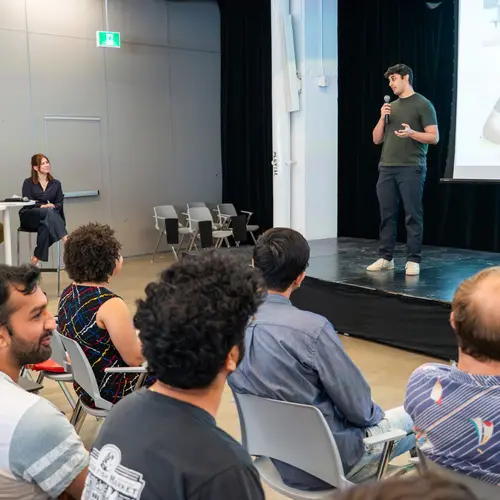
David Vázquez
Associate Industry Member
Adjunct Professor, Polytechnique Montréal, Department of Computer Engineering and Software Engineerin
ServiceNow
Research Topics
Computer Vision
Conversational AI
Deep Learning
Generative Models
Large Language Models (LLM)
Multimodal Learning
Representation Learning


